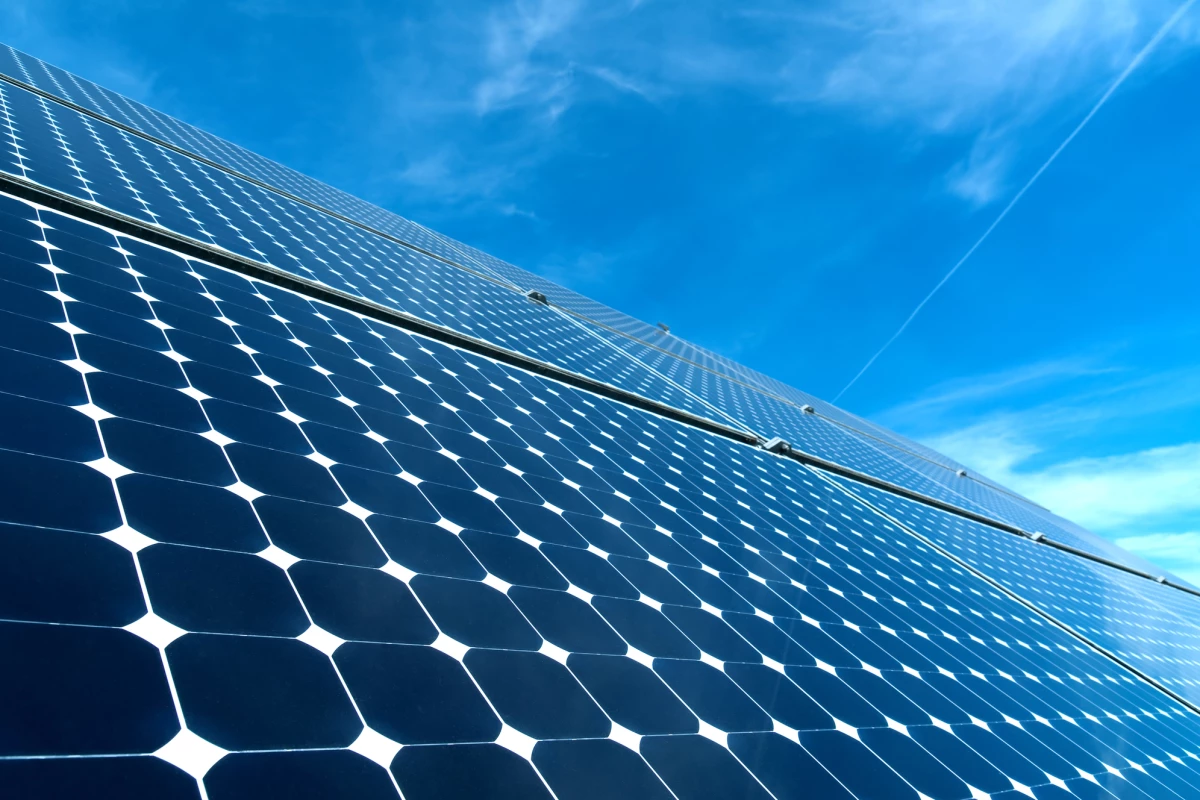Perovskite solar cells have come along in leaps and bounds since they were first described in 2009, with efficiencies improving from around four percent to the mid- or even high twenties in recent designs. One drawback, however, is the notorious instability of the cells, which scientists at Florida State University have taken a step toward addressing with a new design that incorporates an old organic pigment to keep things in working order.
Over the past few years, we have looked at a number of promising approaches to shoring up the stability of perovskite solar cells. These include integrating bulky molecules, using small doses of high-intensity light, incorporating graphene armor or construction methods inspired by insect eyes. All are hoped to overcome the durability issues of perovskite solar cells, which degrade quickly in ambient conditions.
The Florida State University team has added another possible solution to the mix, in the form of an organic pigment called quinacridone, discovered in 1958. The scientists were experimenting with perovskite solar cells based on methylammonium lead iodide, which on their own had achieved an efficiency of 18.9 percent.
The team added a layer of a quinacridone derivative to the structure of the cell and boosted this efficiency to 21.1 percent. More impressively, the cell was able to retain 90 percent of this efficiency even after 1,000 hours of use in ambient conditions. The cell also proved hydrophobic, actively repelling water from its surface.
“Pigments are abundant, low cost and robust,” says study author Biwu Ma. “When we combine them with perovskites, we can generate new high-performance hybrid systems. It’s using the old with the new, and together they produce something really exciting.”
The research was published in the journal Angewandte Chemie.
Source: Florida State University




